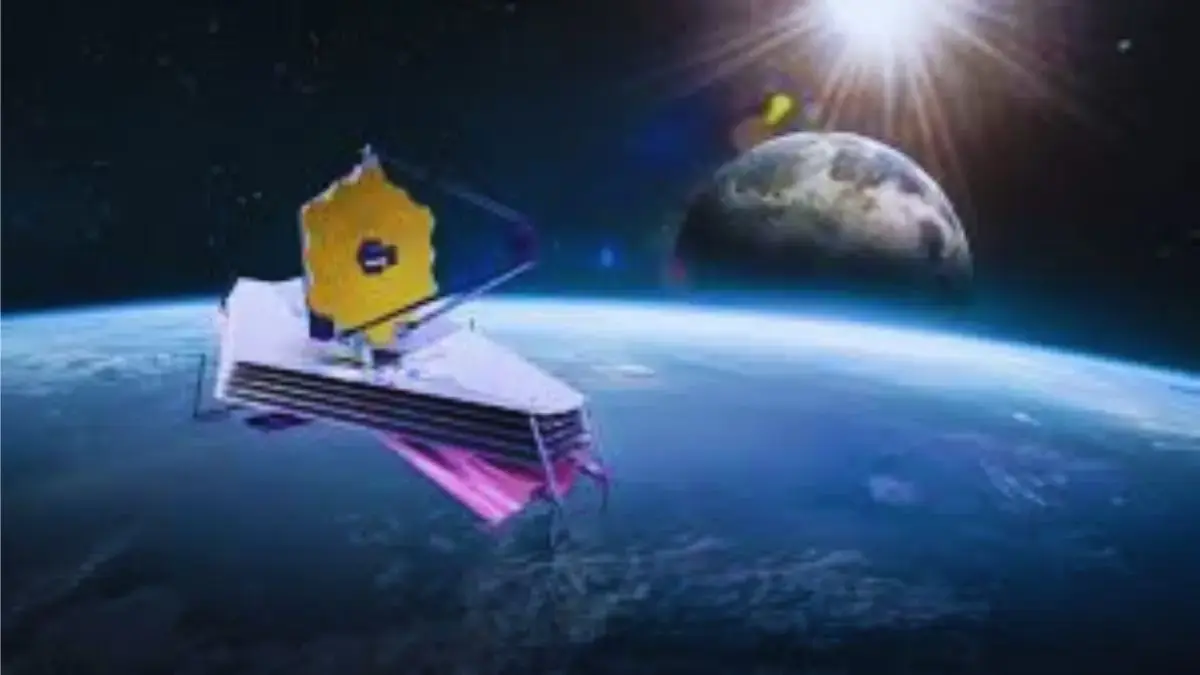The James Webb telescope is revolutionizing astronomy with unprecedented observations of the PDS 70 system, a young star just 5 million years old. Surrounded by a protoplanetary disk, this star hosts two planets in formation, PDS 70 b and PDS 70 c, detected using innovative techniques. Researchers have also observed circumplanetary disks, indicating the formation of future moons, offering a unique opportunity to study the formation mechanisms of solar systems.
Essential Information
- The James Webb telescope reveals unprecedented details about the PDS 70 system.
- Two planets in formation, PDS 70 b and PDS 70 c, have been detected around this young star.
- Innovative techniques such as interferometry have made these observations possible, despite the brightness of the star.
- These discoveries enrich our understanding of solar system formation.
The James Webb Telescope Provides an Unprecedented View of the PDS 70 System
The James Webb Space Telescope has literally transformed our understanding of planetary systems with its groundbreaking observations of the PDS 70 system. This relatively young star is only five million years old and is surrounded by a protoplanetary disk that intrigues astronomers. Thanks to the advanced capabilities of the JWST, scientists have been able to explore this system in unprecedented detail, gaining insights that were previously unfathomable.

Discovery of Planets in Formation
Two planets currently in the process of formation, referred to as PDS 70 b and PDS 70 c, have been detected by a team of Canadian researchers. These discoveries are crucial as they represent an opportunity to observe and understand the mechanisms underlying planetary formation. The planets, still in a developmental stage, are visible despite the intense brightness of the star thanks to innovative techniques.
Use of Innovative Techniques
Technological advancements such as aperture-masking interferometry have played a vital role in these observations. This method allows astronomers to circumvent the challenges posed by the blinding light of the PDS 70 star, providing impressive visibility of the forming planets. These techniques pave the way for a new era of astronomical exploration, making the detection of forming celestial bodies more accessible than ever.
An Evolving Planetary System
The JWST observations reveal that PDS 70 b and PDS 70 c are in a growth phase, accumulating significant amounts of gas and dirt. This formation process is crucial as it helps understand how planets arise from the surrounding material. Every exchange of energy and matter in the protoplanetary disk affects the evolutionary trajectory of these new worlds.
Circumplanetary Disks and the Formation of Moons
A fascinating aspect of these discoveries is the identification of circumplanetary disks surrounding the two planets. These disks not only indicate that the forming planets are well on their way, but also that they may soon develop their own moons. This dynamic is essential for understanding the future characteristics of these celestial bodies and for building models of planetary formation.
Questions for the Future
Research has also suggested that there may be a third planet in formation within the PDS 70 system, raising numerous questions for future investigation. The discovery of a third planet would imply complex interactions, not only between the planets themselves but also with the protoplanetary disk surrounding them, enriching our knowledge of solar system formation.
Impact on Our Understanding of Solar System Formation
These new observations not only clarify the workings of the PDS 70 system but also provide crucial elements for our overall understanding of solar system formation, including our own solar system. As astronomy makes significant advances, the JWST proves to be an invaluable resource for researchers looking to deepen their understanding of cosmic processes.
Revolution of Astronomy by the JWST
In conclusion, the James Webb telescope is revolutionizing modern astronomy by enabling real-time observations of planetary formation processes. With each new data collection from this advanced instrument, we draw closer to understanding the origins and evolution of planetary systems, equipping us with essential information to trace our own cosmic history.

